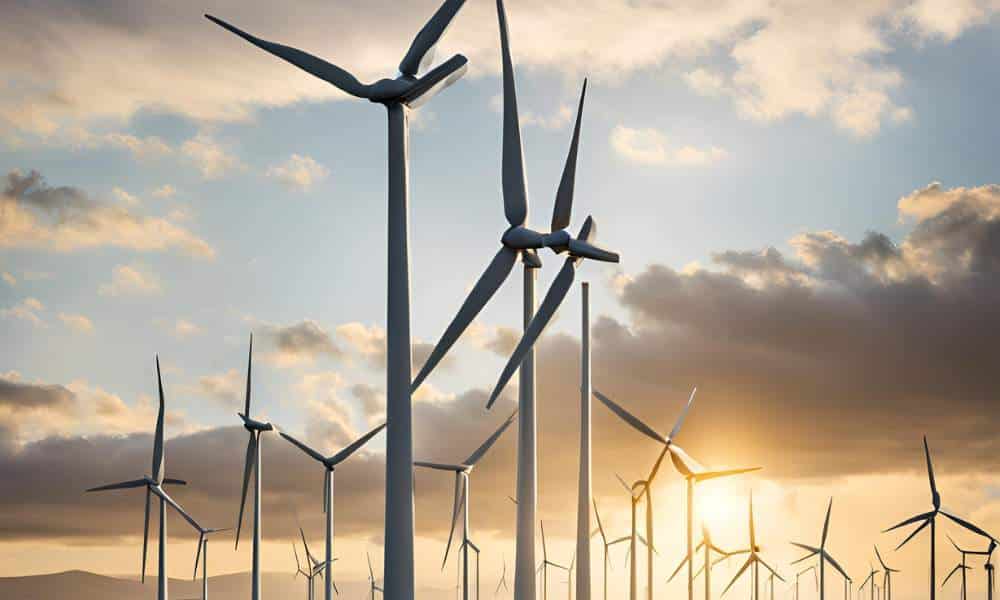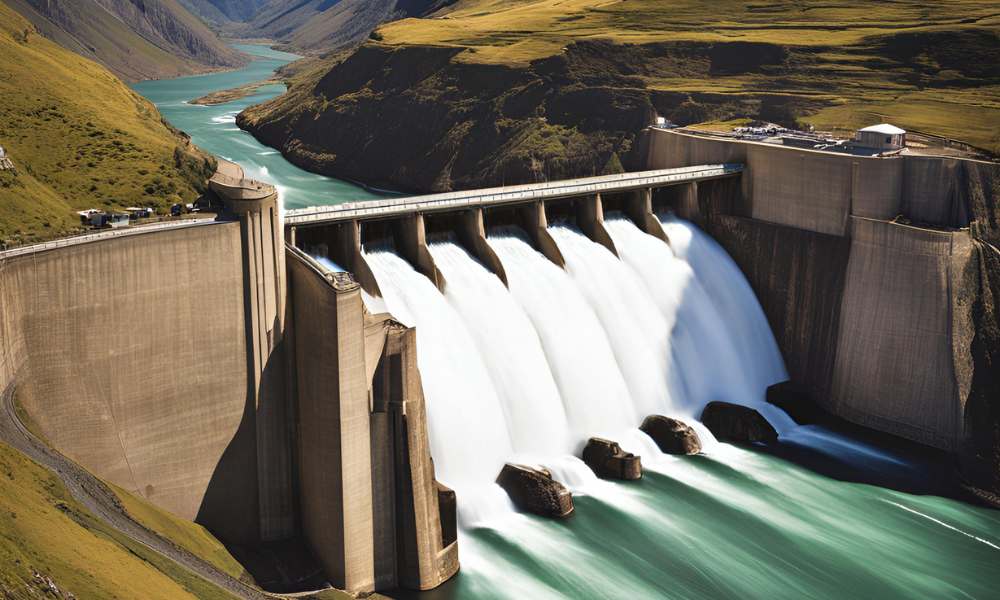The Environmental Have an effect on of Sun and Different Renewables
The March 2024 Clean Energy Council (CEC) report found that the renewable contribution in Australia has hit 5.9GW in generation capacity, up 900MW from 2022. Rooftop solar is also revealed as the leading sector of the nation’s clean energy transition with 11.2% in generation. There are around 3.7 million households with rooftop solar installers.
These statistics clearly show one thing—renewable energy is the future. It’s good to see that there are now many Aussies who are making the transition. Aside from saving more on energy bills, the switch to solar also helps save the environment, especially amid a climate change crisis. Renewable energy is pivotal in addressing these issues.
However, is solar the only way to go? Here, we will discuss the environmental trade-offs and their importance in renewable energy decision-making.
Solar energy
Our country is a prime location for harnessing solar energy. This is why there has been rampant solar technology developments here. Photovoltaic (PV) is a solar technology that converts sunlight directly into electricity. This is used in rooftop installations and large-scale solar farms.
Another technology is solar thermal, which heats fluid using solar energy. It is often used in hot water production, but it is less common in Australia.
Compared to fossil fuels, solar energy has more environmental benefits. Some of the solar energy benefits are reduced greenhouse emissions and air pollution, and reduced water consumption. On the other hand, there are also environmental impacts of solar.
- Land use: This applies to large-scale solar farms that require a huge area. This could impact agricultural land or natural habitats. Still, there is a way to mitigate this through careful site selection and land-sharing.
- Water usage: Although solar energy only requires minimal water consumption for cleaning the panels, there are still efficient cleaning techniques and water recycling methods to minimise this.
- Material extraction: The extraction of raw materials is a vital step in solar panel production. This poses environmental implications. Although there’s no alternative to this yet, solar’s overall environmental footprint is much lower than fossil fuels over its lifecycle.
Energy Matters is the leading solar quotes provider in Australia. If you’re interested in making the switch to solar energy, we can provide you with FREE solar quotes from trusted solar installers.
Wind energy

Wind power is on the rise in Australia, most specifically in the southwest of Western Australia (WA), southern South Australia (SA), western Victoria (VIC), northern Tasmania (TAS), and some areas of New South Wales (NSW) and Queensland (QLD).
It is now a vital source of renewable energy in the country. It has contributed 31.8 thousand GW hours of electricity across the country in 2023. There are also a growing number of wind projects with a combined total capacity of 5,500 MW that are underway
By 2030, the wind industry aims to have 50 per cent of the share of electricity generation in Australia—an ambitious goal that will potentially provide a huge opportunity to players involved in this sector. A $22.7 billion program aims at making the country a “renewable energy superpower,” which is expected to add value to existing resources and increase the country’s manufacturing capability.
The environmental benefits of wind energy are:
- Clean energy: It doesn’t produce greenhouse gas emissions during operation.
- Reduced air pollution: Wind turbines don’t release harmful pollutants into the atmosphere.
- Minimal water consumption: It only requires minimal water compared to other power generation methods.
On the flip side, wind energy also comes with potential environmental impacts, such as visual pollution. Some may see wind turbines as visually intrusive, especially in rural areas. It can also generate noise, which can be an issue for nearby residents. The good news is that today’s turbine design and noise mitigation measures are reducing this issue.
Wind turbines may also be a risk to birds and bats. They also require significant land.

Hydropower

For decades, hydropower has been delivering around 5 to 7% of the country’s total electricity supply. Currently, there are over 120 operating hydroelectric power stations in Australia, most of them located in the southeastern regions. One of the most well-known is the Snowy Mountains Hydro-Electric Scheme.
The environmental benefits of hydropower are:
- Renewable energy source: It only relies on the natural water cycle.
- Energy storage: It can provide vital energy storage capabilities that can balance energy supply and demand.
Similar to other renewable energy sources, hydropower also has its potential environmental impacts. One is its possible impact on aquatic ecosystems due to dam construction and operation that can be disruptive. This could affect fish populations and overall biodiversity.
Another is that it could result in the loss of habitats when creating reservoirs. These reservoirs can also emit methane, which is a potent greenhouse gas.
Other renewables
The country has potential for other renewable energy sources that go beyond solar, wind, and hydropower. Some of them are:
Biomass
Bioenergy in the country contributes 5% to the country’s total clean energy generation. The Australian Government released a roadmap in 2021 to identify its role in the country’s energy transition. They are also supporting the rapid commercialisation of bioenergy and energy from waste projects, such as the East Rockingham Waste to Energy and Kwinana Waste to Energy.
In 2021, MicroBioGen developed a strain of yeast that can produce a high-protein food and low-carbon biofuel. This opens up new possibilities for biofuels as a sustainable energy source.
This energy is derived from organic materials, which allows it to contribute to renewable energy generation. However, there are also potential environmental impacts to it, such as deforestation and potential air pollution.
Geothermal energy
Geothermal energy is usually generated in areas where there are active volcanoes that create high heat flows. However, Australia has no known active volcanic systems and the heat source used for geothermal systems is a mix of radiogenic heat production from rocks in the upper crust and conducted heat from the mantle.
Other technologies use geothermal heat, such as drying and cooling and for spa baths. Many of the geothermal installations in the country include ground-source heat pumps that are mostly installed in colder areas. There are also direct-use installations in Perth, Gippsland, and Great Artesian basins.
Indeed, the geothermal sector in Australia is still emerging. However, some regions are now showing promise for geothermal energy.
Ocean energy
The Australian Renewable Energy Agency (ARENA) has provided funding for 14 ocean projects and is continuously working with the ocean energy industry. With the extensive coastline in the country, there are many opportunities for wave and tidal energy generation. However, these technologies are still in its early stages.
Solar is leading the way in Australia’s transition to a renewable energy future. While it offers significant environmental benefits, it’s necessary to know that no energy source is without its impacts. Assessment of renewable energy options needs careful consideration of factors.
The post The Environmental Impact of Solar and Other Renewables appeared first on Energy Matters.


No Comments